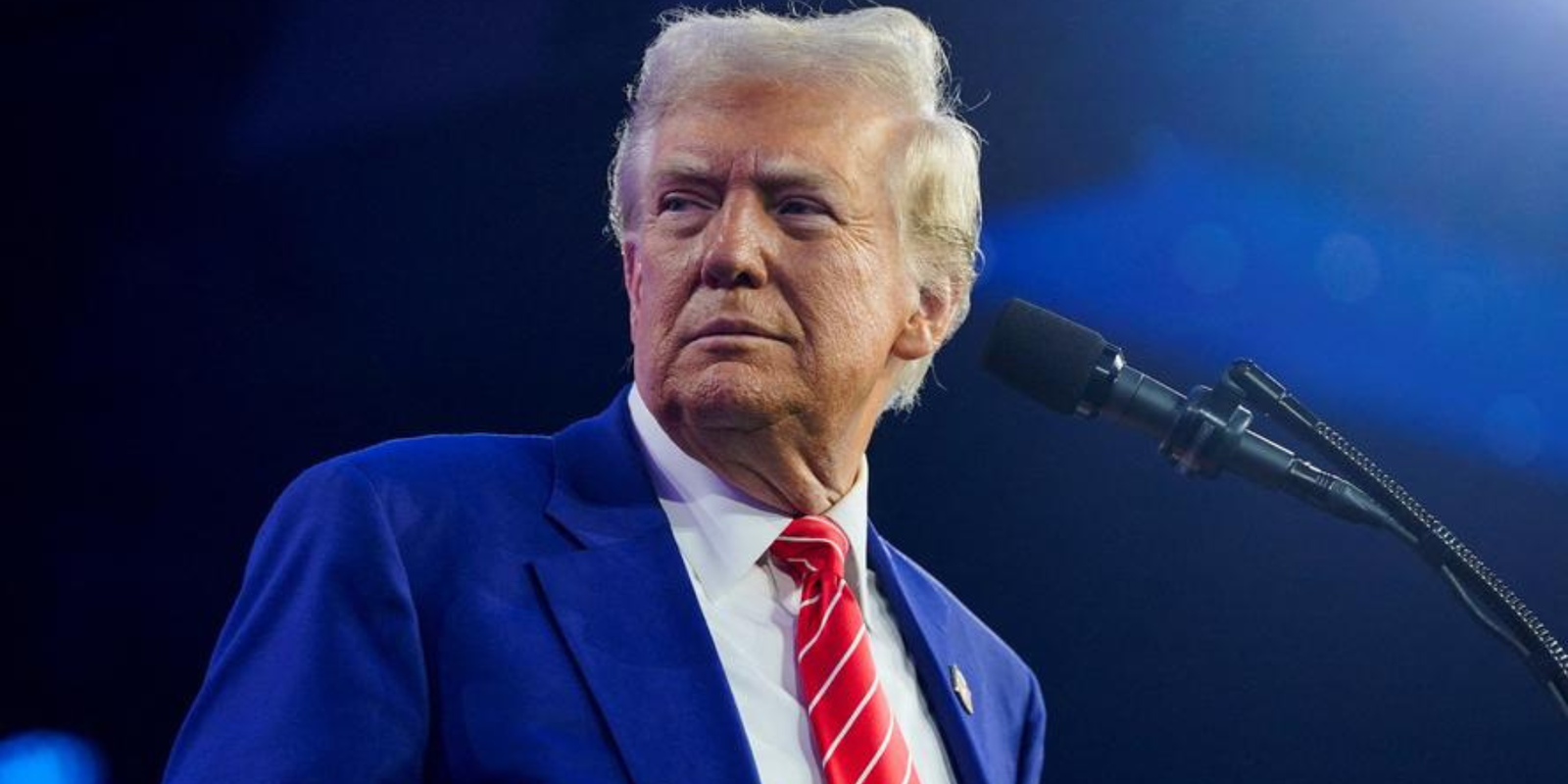IMF Downgrades Global Economic Growth Forecast for 2025
“The International Monetary Fund (IMF) has lowered its global economic growth prediction for 2025, largely due to the ongoing trade tensions fueled by Trump’s tariffs. The IMF now expects global growth to be just 2.8% in 2025, down from the previous forecast of 3.3%. For 2026, growth is expected to drop to 3%, reflecting growing concerns about the economic fallout from these escalating trade wars.”

Trump’s Tariffs:Global Economic Impact of Tariffs
The US economy is expected to grow at a modest 1.8% in 2025, a significant drop from the 2.7% growth projected for 2024. The revision is largely due to escalating trade tensions and tariffs placed on imports from nearly 60 countries, particularly between the US and China. The IMF attributes the slowdown to the uncertainty caused by tariffs, which disrupt global supply chains and discourage investment. Pierre-Olivier Gourinchas, the IMF’s chief economist, remarked, “We are entering a new era, as the global economic system that has functioned for the past eighty years is undergoing a reset.”
The US economy is already feeling the impact. The IMF’s forecast signals a significant downturn for the world’s largest economy. Higher input costs, reduced demand, and increased uncertainty are now affecting businesses. This results in slower economic growth. The rise of protectionist policies is further destabilizing the global trade system.
US Recession Risks and Business Uncertainty
Alongside slower growth, the IMF has increased the likelihood of a US recession in 2025 to 37%, citing Trump’s tariffs as a major factor. This rise in recession risk stems from the broader economic effects of tariff policies and uncertainty about future trade decisions. Private economists at JPMorgan predict a 60% chance of recession, highlighting the severity of the situation.
Businesses, especially in manufacturing and trade-dependent sectors, may delay investments or expansion plans due to uncertainty in the trade environment. Uncertainty surrounding tariffs and future trade policies will likely undermine business confidence. This may contribute to an additional deceleration of the US economy. The uncertainty also reduces corporate earnings, directly impacting job creation and wage growth.
China’s Economic Slowdown
China is also facing significant challenges due to the tariff war with the US. The IMF expects China’s growth to slow to 4% in both 2025 and 2026, which is 0.5% lower than previous estimates. This slowdown is mainly due to falling demand from US buyers, which has negatively impacted Chinese exports. The trade war has disrupted the flow of goods between the two largest economies, putting additional strain on China’s export-driven growth model.
Slower growth in China, partly due to Trump’s tariffs, is expected to disrupt global supply chains. Reduced demand for foreign goods, along with tariffs on Chinese products, could lead to disruptions that affect economies worldwide. The economic impact will continue to reverberate globally, compounded by weakened consumer confidence in both countries.
Trump’s Tariffs:Concerns Over Inflation and Economic Expansion in the United States
Inflation in the US is projected to reach approximately 3% by the close of 2025. This increase is largely due to higher production costs from tariffs on imported goods. As a result, consumers will likely face higher prices for everyday items. Businesses may raise prices to maintain profitability. This will contribute to inflationary pressures, putting additional strain on consumers and businesses.

In China, inflation is expected to remain stable. The Chinese government has managed to keep tight control over its economy. However, global trade dynamics, including tariffs, will still influence China’s inflation rate and manufacturing sector.
Trump’s Tariffs:The Impact on the Eurozone and Japan
The eurozone is expected to see weaker growth, with 0.8% growth in 2025 and 1.2% in 2026. Although this is a downgrade from earlier projections, the region is less impacted by US tariffs than other economies. Tariffs between the EU and US are lower than those between the US and other trading partners. Countries like Germany are increasing government spending to support economic activity. However, the slowdown in the US and China is likely to affect European exporters and reduce demand for European products.
Japan is also feeling the effects of global trade tensions. The IMF has revised Japan’s growth forecast to 0.6% for both 2025 and 2026. This reflects a broader slowdown in global trade. Japan’s export-dependent economy will face reduced demand, particularly from China and the US, leading to slower economic growth. Despite this, Japan remains resilient, with the government expected to continue stimulus measures to support domestic growth.
Conclusion
The IMF’s warning highlights the global economic risks caused by Trump’s tariffs, including slower growth and rising inflation. These tariffs have disrupted global trade and contributed to the uncertainty businesses now face. As a result, both the US and global economies are expected to grow more slowly than anticipated. The increased likelihood of a US recession, combined with weaker growth in China and other major economies, suggests a prolonged period of economic adjustment. If trade tensions continue, the global economic landscape may face additional challenges in the coming years.




